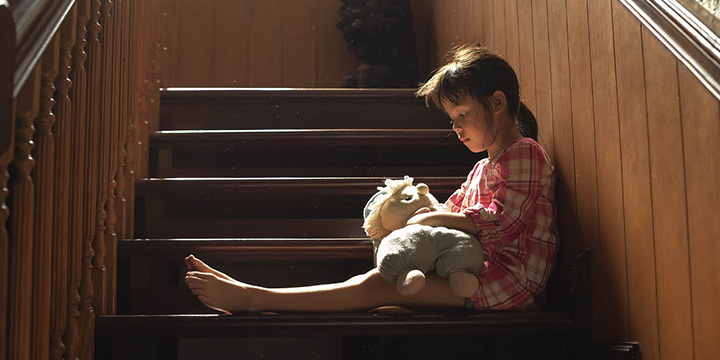There are nearly 12,000 children in the out-of-home care system in Victoria. The proportion of children in care is growing at 8% per year, and at 15% for Aboriginal and Torres Strait Islander children. Covid-19 is anticipated to drive even greater need for services that keep families together and children safe.
With funding from the Macquarie Group and in collaboration with the Centre for Excellence in Child and Family Welfare and leading agencies across the child and family services sector, Berry Street commissioned SVA in 2019 to investigate the case for early intervention in the Victorian child protection system. We demonstrated through cost-benefit analysis that additional investment in targeted early intervention programs over a 10-year period can deliver significant savings for government while preventing a substantial number of children from entering out-of-home care.
More recently, SVA was re-engaged by Berry Street to examine the emerging impact of Covid-19 on Victorian families, the potential implications on the child protection system, and the additional benefits of investment in early intervention.
Project impact
The research estimated that without additional targeted investment in early intervention, there could be up to 27,500 children in out-of-home care by 2026.
Our modelling shows that investment of approximately $180-190 million every year over a 10-year period will deliver cumulative net savings of $1.8-2.0 billion to the child protection and out-of-home care system alone. That is, over 10 years, every dollar invested in early intervention saves $2 by preventing children and young people from entering out-of-home care. Most importantly, up to 1,460 children would be prevented from entering out-of-home care or progressing to residential care every year.
Both reports have been widely shared across the sector, making a key contribution in the case for additional, targeted investment in early intervention in Victoria.
The project
Berry Street commissioned us in 2019 to produce a research paper on the economic case for investing in targeted evidence-based and evidence-informed early intervention programs in the child protection and out-of-home care system in Victoria. In 2020, the remit was for a subsequent paper to reflect the emerging impact of Covid-19 on the system.
The objective
In the first paper, to make the economic case for additional, long-term investment in targeted early intervention programs aimed at preventing children from entering the out-of-home care system in Victoria. In the second paper, to specifically recognise the existing and potential impact of Covid-19 in strengthening the economic case.
The role we played
For the first report, SVA together with our partners:
- Analysed the current and projected rates of children entering the child protection and out-of-home care system and the costs to the Victorian community
- Reviewed the evidence, assessing the effectiveness of early intervention at key points in the child protection and out-of-home care system
- Developed a cost-benefit analysis demonstrating the number of children who would be diverted from out-of-home care as well as the net savings that would be accrued as a result.
For the second report, we:
- Remodelled the cost benefit analysis in each scenario, to determine the additional benefits of investment in early intervention
- Conducted research on the emerging impact of Covid-19 on Victorian families, in relation to identified risk and protective factors of child abuse and neglect
- Developed future scenarios on the potential impacts of Covid-19 on vulnerable families, and the resultant increase in demand for child protection
Meet the team
-
 Executive Director, Consulting (VIC) Susie King
Executive Director, Consulting (VIC) Susie King -
 Director, Consulting Nancy Tran
Director, Consulting Nancy Tran -
 Director, Consulting (VIC) Annabelle Roxon
Director, Consulting (VIC) Annabelle Roxon



